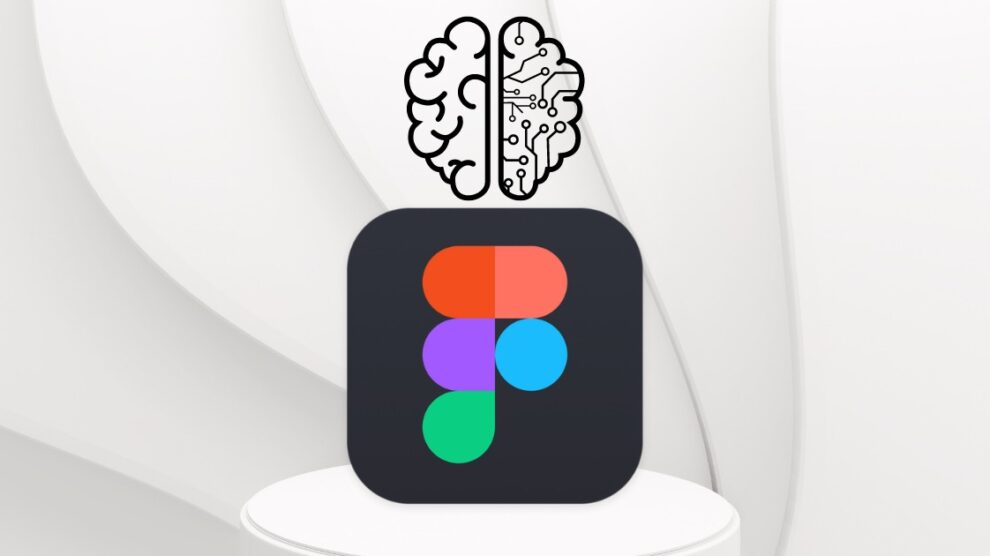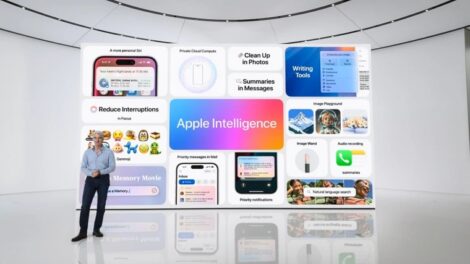
The Promise of AI-Powered Design
Figma, a leading collaborative design platform, recently launched “Make Design” with the goal of revolutionizing the design process. This AI tool was designed to generate design concepts based on user input, potentially streamlining workflows and sparking creativity. The promise of AI in design is immense:
- Rapid prototyping and ideation
- Assistance for designers facing creative blocks
- Democratization of design by making it more accessible to non-professionals
- Exploration of diverse design directions quickly
With these potential benefits, it’s clear why Figma and other design software companies are investing heavily in AI-powered tools.
The Controversy Unfolds
Despite its promising start, “Make Design” quickly found itself at the center of a controversy that would lead to its temporary disabling. The issue came to light when users noticed a disturbing pattern:
- The AI tool repeatedly generated interfaces strikingly similar to Apple’s weather app
- This similarity went beyond mere inspiration, appearing to be direct copies in many cases
- The problem persisted across multiple user inputs and attempts
The situation escalated when a user publicly demonstrated the tool’s tendency to copy Apple’s design, bringing widespread attention to the issue. This public revelation forced Figma to confront the limitations and potential ethical issues with their AI design assistant.
Figma’s Swift Response
To their credit, Figma’s response to the controversy was both swift and transparent:
- The company quickly made the decision to disable the “Make Design” tool
- Figma’s CEO issued a public apology, acknowledging the seriousness of the issue
- The company committed to improving their quality control processes for AI-generated content
This rapid action demonstrated Figma’s commitment to maintaining ethical standards and respecting intellectual property rights, even at the cost of temporarily losing a potentially valuable feature.
Understanding the Root of the Problem
While Figma has not released detailed information about the inner workings of “Make Design,” the TechCrunch article speculates on potential reasons for the copying issue:
- Training Data Bias: The AI may have been heavily trained on existing app designs, leading it to replicate familiar styles
- Overrepresentation: Apple’s designs, being widely recognized and frequently referenced, might have been overrepresented in the training data
- Lack of Originality Safeguards: The AI system may not have had sufficient mechanisms to ensure the originality of its outputs
These potential factors highlight the complex challenges in developing AI systems that can generate truly original designs while drawing inspiration from existing works.
Broader Implications for AI in Design
The Figma controversy raises several important questions and considerations for the future of AI in design:
1. Ethical Training of AI Models
How can we ensure that AI models are trained on diverse, ethically sourced data that doesn’t lead to unauthorized copying? This incident underscores the need for careful curation of training datasets and the development of techniques to prevent AI from simply replicating existing designs.
2. Balancing Inspiration and Originality
There’s a fine line between drawing inspiration from existing designs and outright copying. AI tools will need to be designed with sophisticated understanding of this distinction, possibly incorporating originality checks or diversity measures in their outputs.
3. Legal and Intellectual Property Considerations
As AI-generated designs become more common, the legal landscape around intellectual property rights may need to evolve. Questions of ownership, copyright, and fair use in the context of AI-assisted design are likely to become increasingly complex.
4. Transparency in AI-Assisted Design
Should designs created with AI assistance be labeled as such? This controversy may spark discussions about transparency in the design process and whether consumers have a right to know when AI has played a significant role in a design’s creation.
5. The Role of Human Oversight
Figma’s experience highlights the ongoing need for human oversight in AI-powered tools. As these technologies evolve, finding the right balance between automation and human judgment will be crucial.
The Future of AI in Design
Despite this setback, the potential of AI in design remains immense. As the technology matures, we can expect to see:
- More sophisticated AI models that can generate truly original designs
- Enhanced collaboration between human designers and AI assistants
- AI tools that focus on specific aspects of design, such as color theory or layout optimization
- Increased emphasis on ethical AI development in the design industry
The Figma incident, while challenging, provides valuable lessons that can inform the responsible development of AI design tools moving forward.
Conclusion: A Turning Point for AI in Design
The controversy surrounding Figma’s “Make Design” tool serves as a crucial moment of reflection for the design industry. It highlights both the exciting potential of AI-powered design tools and the critical importance of developing these technologies responsibly and ethically.
As we move forward, the challenge will be to harness the creative potential of AI while ensuring that it enhances, rather than undermines, the originality and integrity of human design. This incident may well be remembered as a turning point, prompting more thoughtful and ethical approaches to AI integration in creative fields.
For designers, developers, and users alike, the lesson is clear: while AI offers incredible possibilities, it must be developed and used with careful consideration of its limitations and potential impacts. The future of design lies not in replacing human creativity with AI, but in finding innovative ways for human ingenuity and artificial intelligence to complement and enhance each other.










Add Comment